My how time flies.
Its taken over four decades, but the newest edition of Suva: A History and Guide is now for sale on Amazon–both as an eBook (on Amazon’s Kindle platform) and in paperback..
So what’s the story behind this book? And why did it take 44 years for a second edition to emerge?
Suva: A History and Guide was first published in 1978 by my late friend Albert J. Schütz, affectionately known as Al. (You can read his obituary in earlier blog posts).
A longtime linguistics professor at the University of Hawai‘i, he was one of the foremost scholars of the Fijian language. I’m using the past tense because Al passed away in early 2020, while we were in the midst of updating the book.
But I digress. Let’s talk about the genesis of this work.
The Genesis of the book
How Al came to author this book was a twist of fate.
As he told it to me years later, he had been managing the Fijian Dictionary Project (now known as iTaukei Institute of Language and Culture) in Suva and was stricken with dengue fever. Wracked by the disease, he put aside his linguistic pursuit and began to outline the basics for a tourist guide he hoped to write about the South Pacific city he had come to love.
As an academic, writing a “tourist guide” was a radical departure. But he adored history, and this one-time farm boy from Indiana was an expert in ferreting out facts from musty archives that would bring life and depth to his newfound passion.
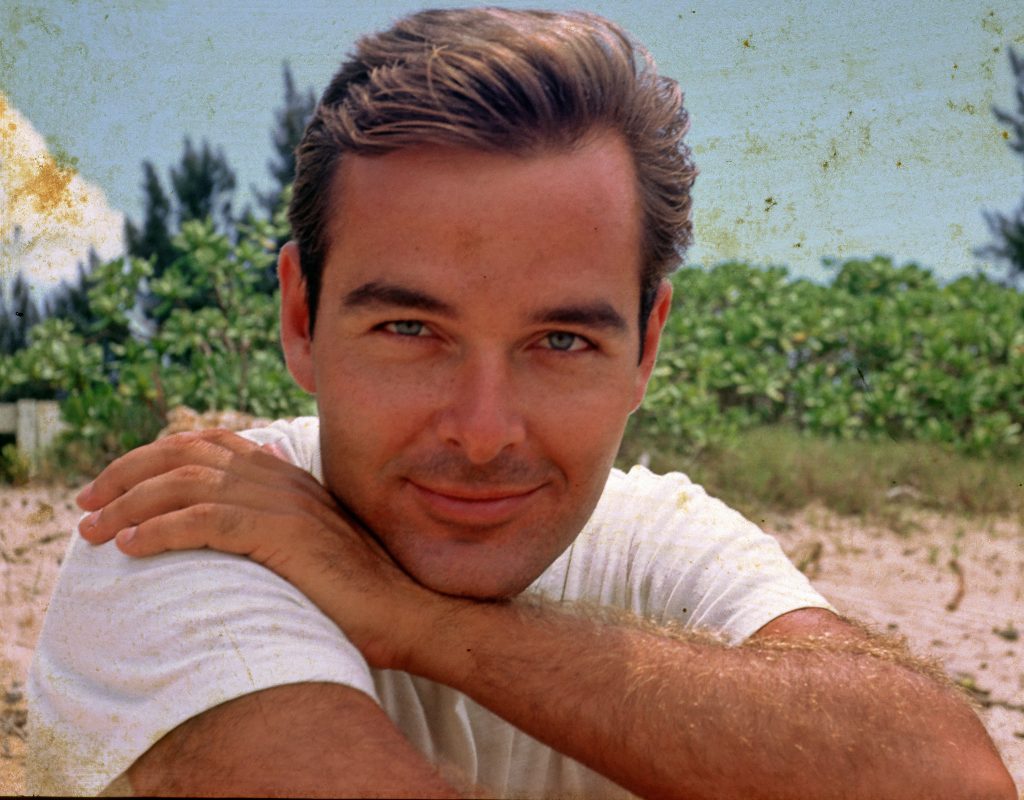
He was the perfect candidate to write the book.
Al first arrived in Fiji in 1960, a decade before the British Crown colony would assume its independence. He had a reverence for tradition and the bygone characters who had lived in Suva. In those waning days of the colony, there were still denizens of a bygone era who walked the streets of the capital.
Even when I first set foot there in 1979, well-known characters such as the dowager Parham sisters, Beatrice (1903-1985) and Helena (1905-1987), and former mayor Len Usher (1907-2003) could be seen strolling down Suva’s main drag, Victoria Parade.
A layman’s guide to Suva written by a serious academic
Al’s attention to detail and academic rigor are what distinguish Suva–A History and Guide from typical guidebooks. The tack he took was entirely original. He understood that by knowing the origins of Suva’s street names, many bearing the names of its early settlers, he could bring life to the city’s storied past.
For example, Verrier Road in Namadi Heights is named after Dr. Walter Lindsay Isaac Verrier, a former medical officer in the British Western Pacific High Commission. Dr. Verrier (1907-1981) might not ordinarily make it into a history book, but he didn’t escape Al’s notice.
The British-born émigré later played a key role investigating Fijian demography, including Fijian family histories. In doing so he made valuable contributions to the country’s Native Lands Commission, which settled land disputes. Dr. Verrier is but one example of numerous Suva residents who deserved and received recognition in this book.
In this forensic study of Suva, Al has captured what sociologist Michael Bell has called “The Ghosts of Place.”
“A common feature of the experience of place is the sense of the presence of those who are not physically there,” wrote Bell in his 1997 essay that carried the same title as the concept.
What Bell was saying is that the “ghosts” of a place can still be felt in the present. Through the examination of historical sights and street names, Al helped us connect with those long-gone characters, in living color.
I believe Al’s intermingling past and present resonates deeply with Fijian culture. The primacy that ancestral spirits had and the influence they exerted in the socio-politics of pre-colonial Fijian society cannot be understated. To this day, many Fijians recognize and honor familial spirits that dwell among us —even in modern-day Suva.
So how did this second edition of Suva–A History and Guide come to be written?
Suva, A History and Guide, the 2nd Edition
It was my idea. I suggested that we combine what info I had on Suva restaurants, hotels, etc. with Al’s historical content. He liked the idea and began to update the text. I went over to Suva in 2019, to take photos and followed up on some of Al’s queries. For example, he was curious if there was any significant development in Toorak and what impact investments from China-based companies might be having on Suva. (As far as Toorak, a sleepy neighborhood, unsurprisingly things were still pretty quiet on the development front. When it came to Chinese investments in Suva, on the surface it appeared there was a great deal to discuss. However, predictably, no one seemed to want to talk about it).
Naturally a few things had changed since 1978 and we did our best to do our homework.
It takes a Fijian village to write a history of Suva
To help us with this endeavor, we were lucky enough to have wonderful collaborators, mostly from Fiji. These included:
- Steve Yaqona, a Suva native steeped in Fijian tradition and former head of the Fiji Visitors Bureau, wrote the Foreword.
- Suva resident Paul Geraghty, a linguist, newspaper columnist and former colleague of Al’s at the Fijian Dictionary Project helped edit the book and wrote the Preface.
- Josua Mudreilagi Namoce, a Suva-based photographer who works in the Fiji Parliament, contributed the lion’s share of the photography for this book.
- Kate Hawkes, an American academic who spent a year in Fiji on a Fulbright Scholarship, contributed some great images.
- The family of the late, great photographer, Rob Wright, allowed us to use his images of Suva of the mid 20th century.
- Academics Nic Halter, at the University of the South Pacific, and Max Quanchi, Honorary Research Senior Fellow in History at the University of Queensland, assisted in fact-checking. Nic also provided several photos.
- Gerry Takano, a Hawaii-born architect who spent a year in Levuka on a historical preservation grant provided some wonderful commentary on Suva architecture.
- Fantasha Lockington, CEO of the Fiji Hotel and Tourism Association, has offered advice and assistance for this project from the beginning.
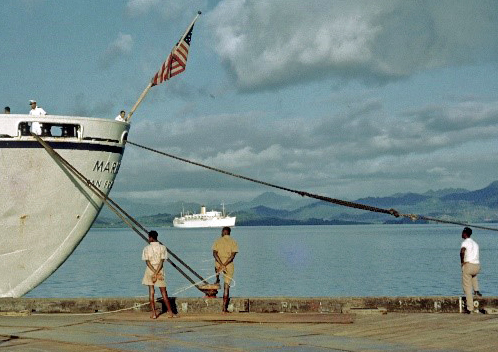
Al communicated to me that he wanted his Suva book part of his legacy. Fiji had been a very important part of his life and the book was a way to leave something to the Fijian people.
The original version was more of a history book cloaked as a guide and in this new edition, we have striven to make it more visitor-friendly by offering advice about dining, accommodations and the nascent arts scene. We have also updated the walking tour, a popular feature, especially for day trippers from visiting cruise ships.
To the best of my knowledge, this is still the only guidebook dedicated to Suva.
I trust on your visit to Fiji’s capital this book will help connect you to its spirit of place.
Have any suggestions on how we might improve this book? Let me know — rkay@fijiguide.com




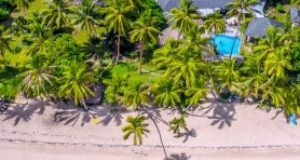
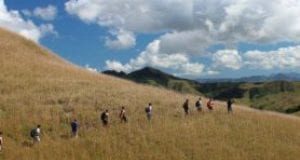
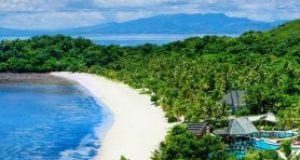
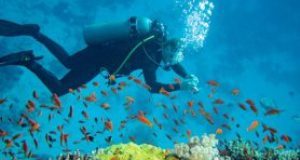
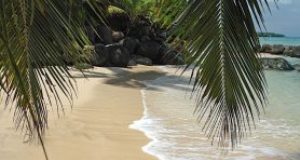
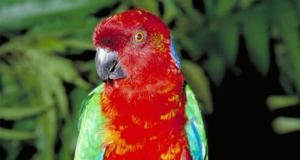
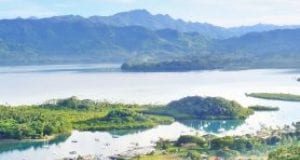

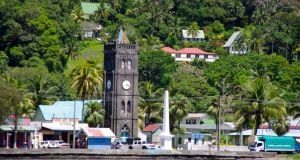
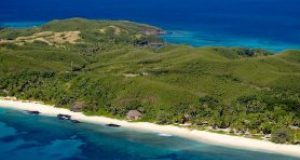


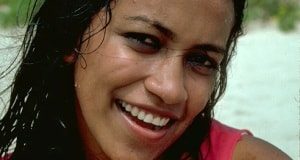
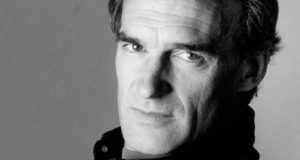
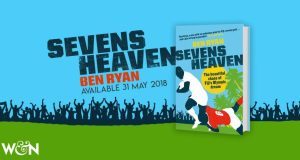
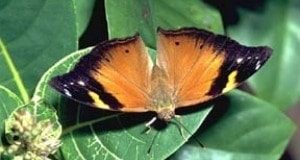

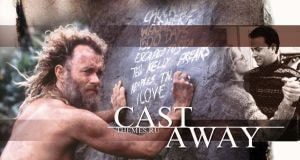

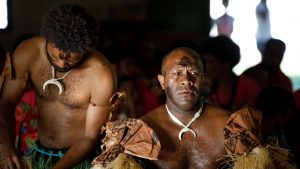
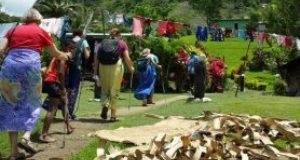

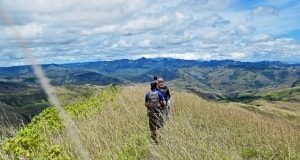
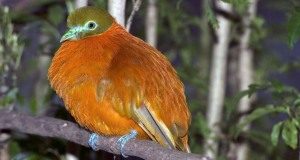

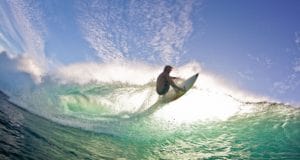
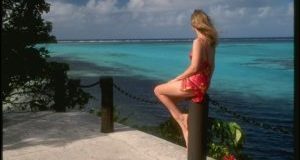

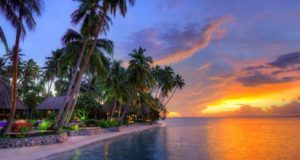



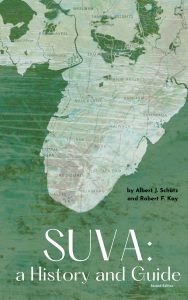
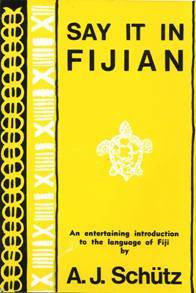
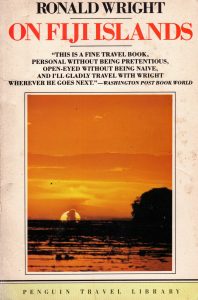
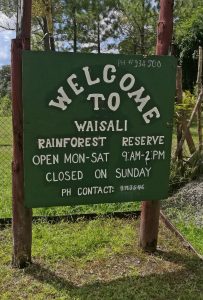
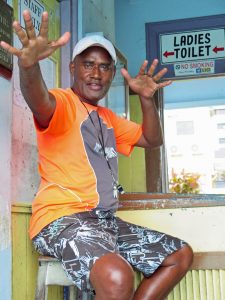
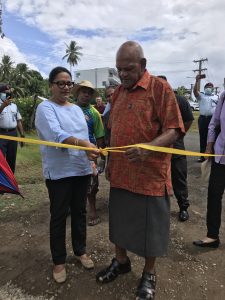





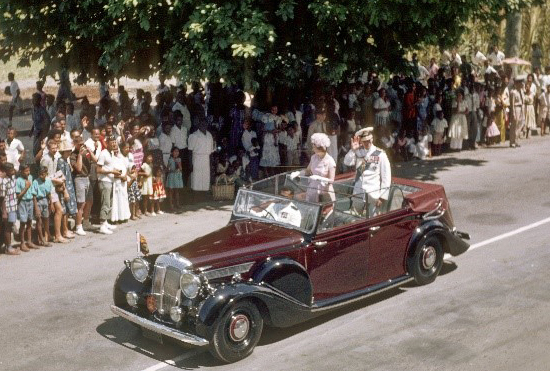


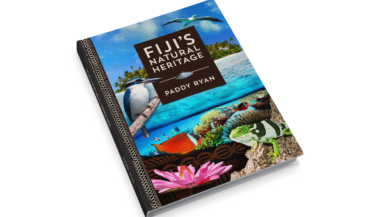
Leave a reply